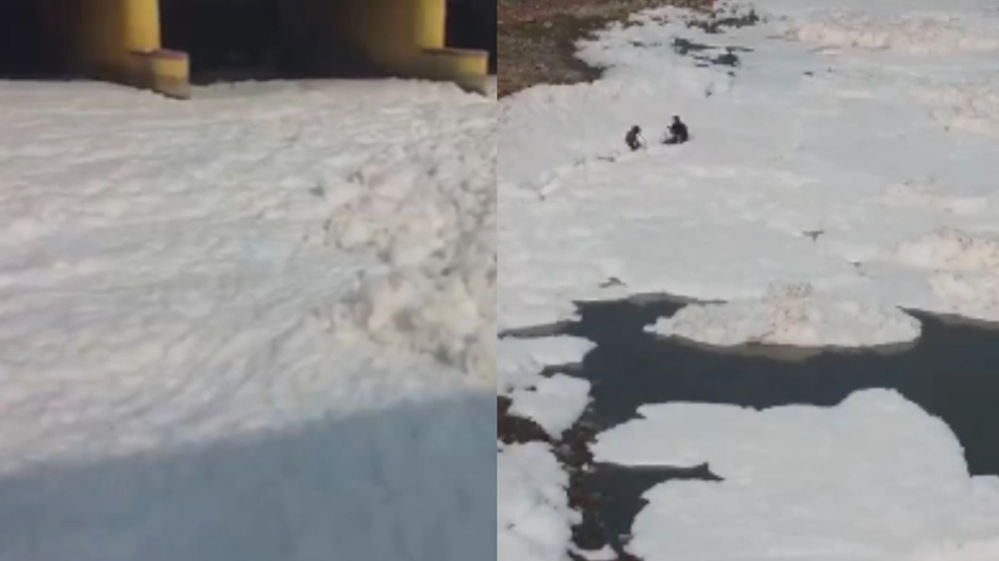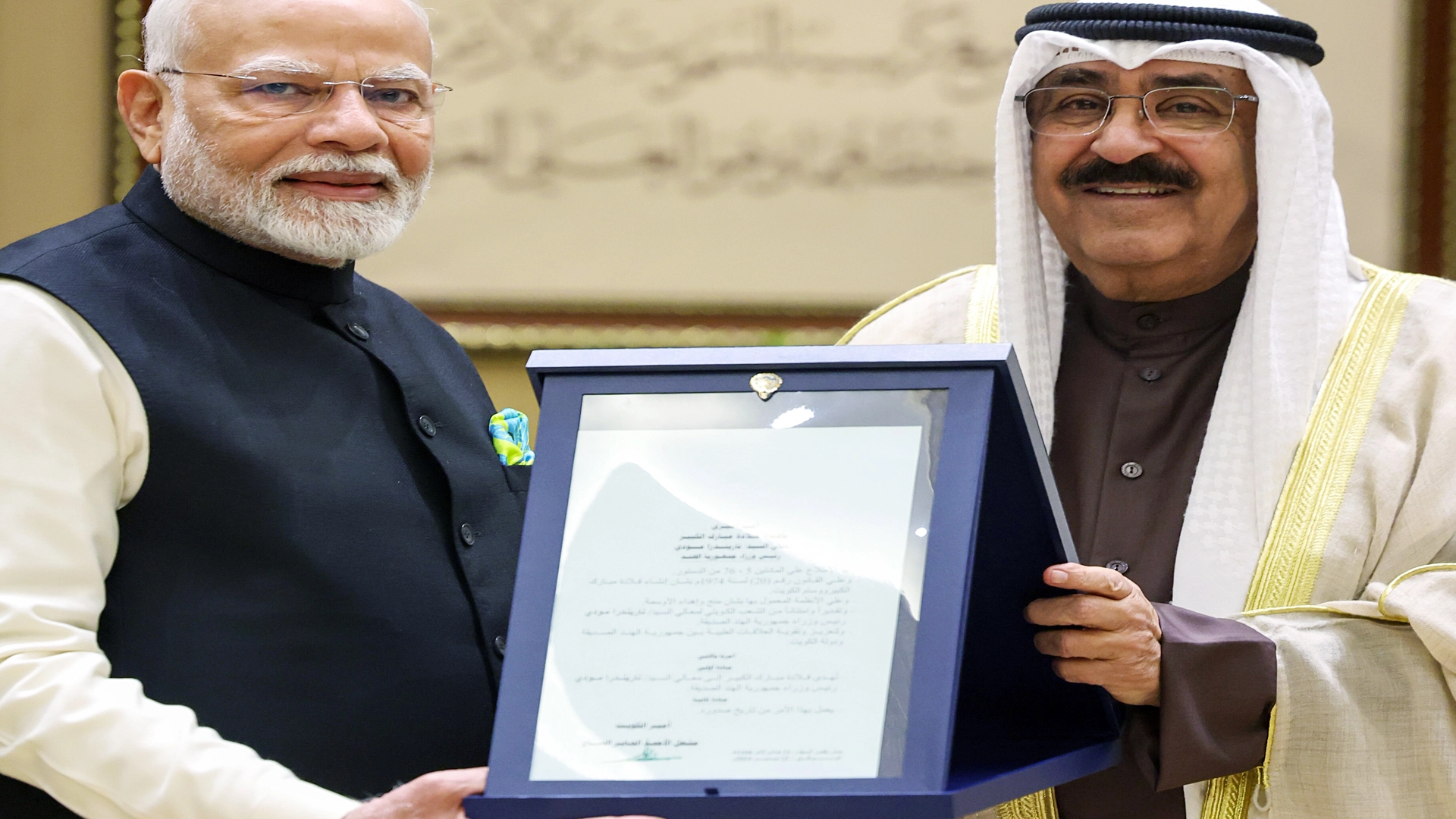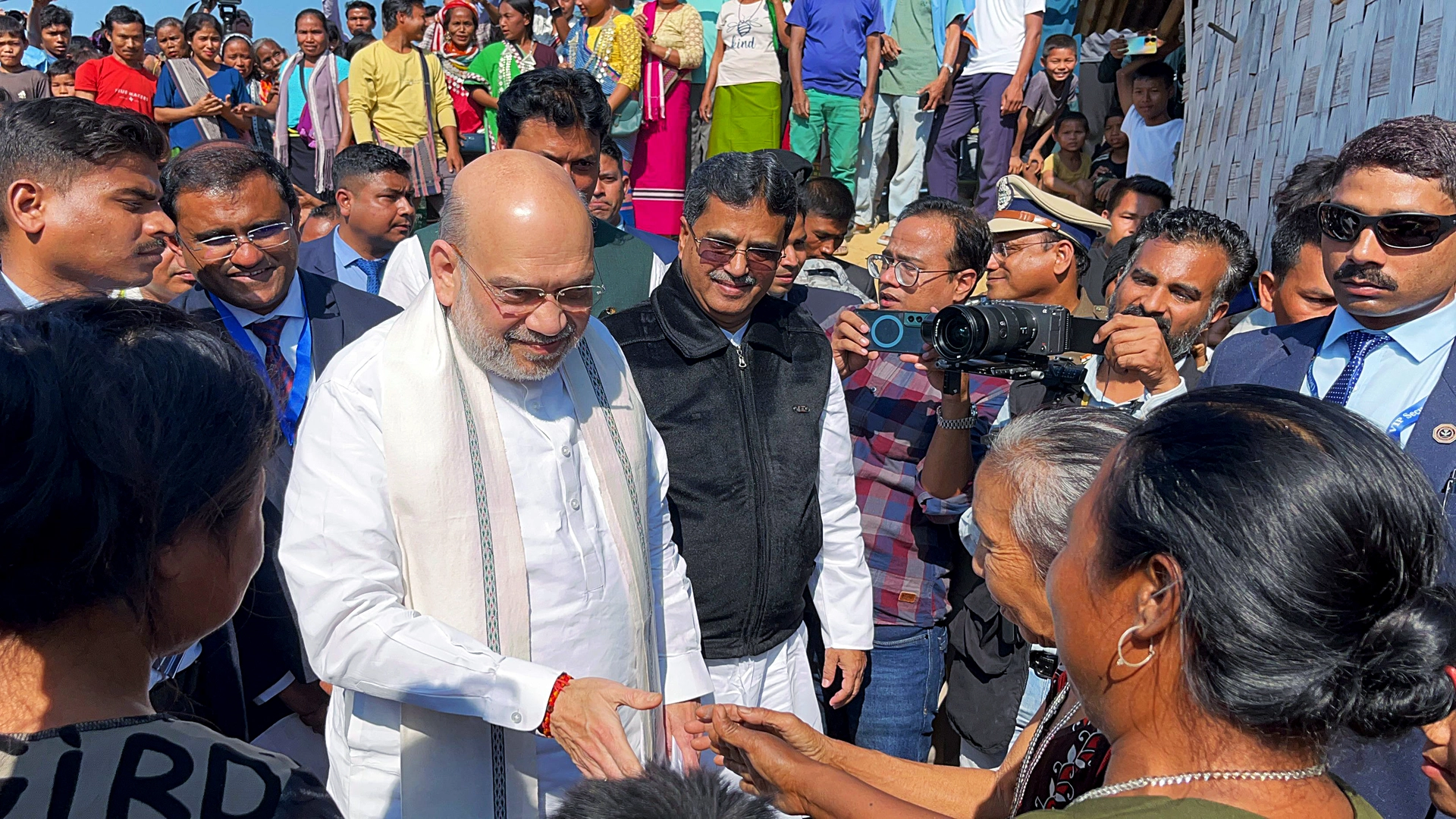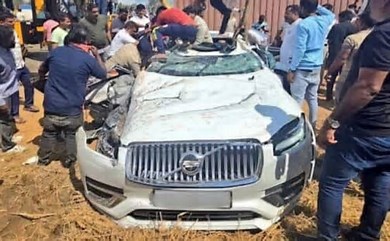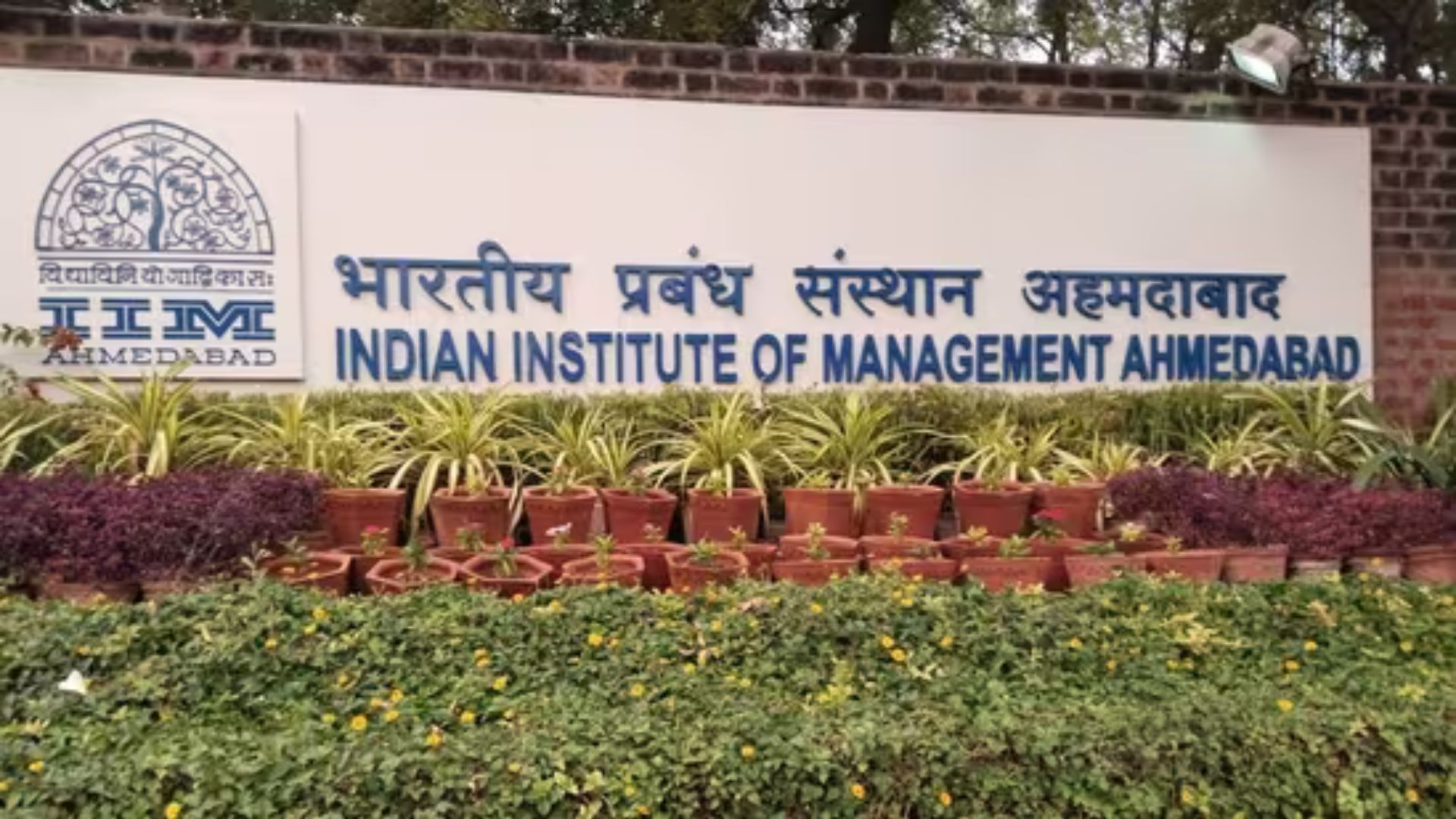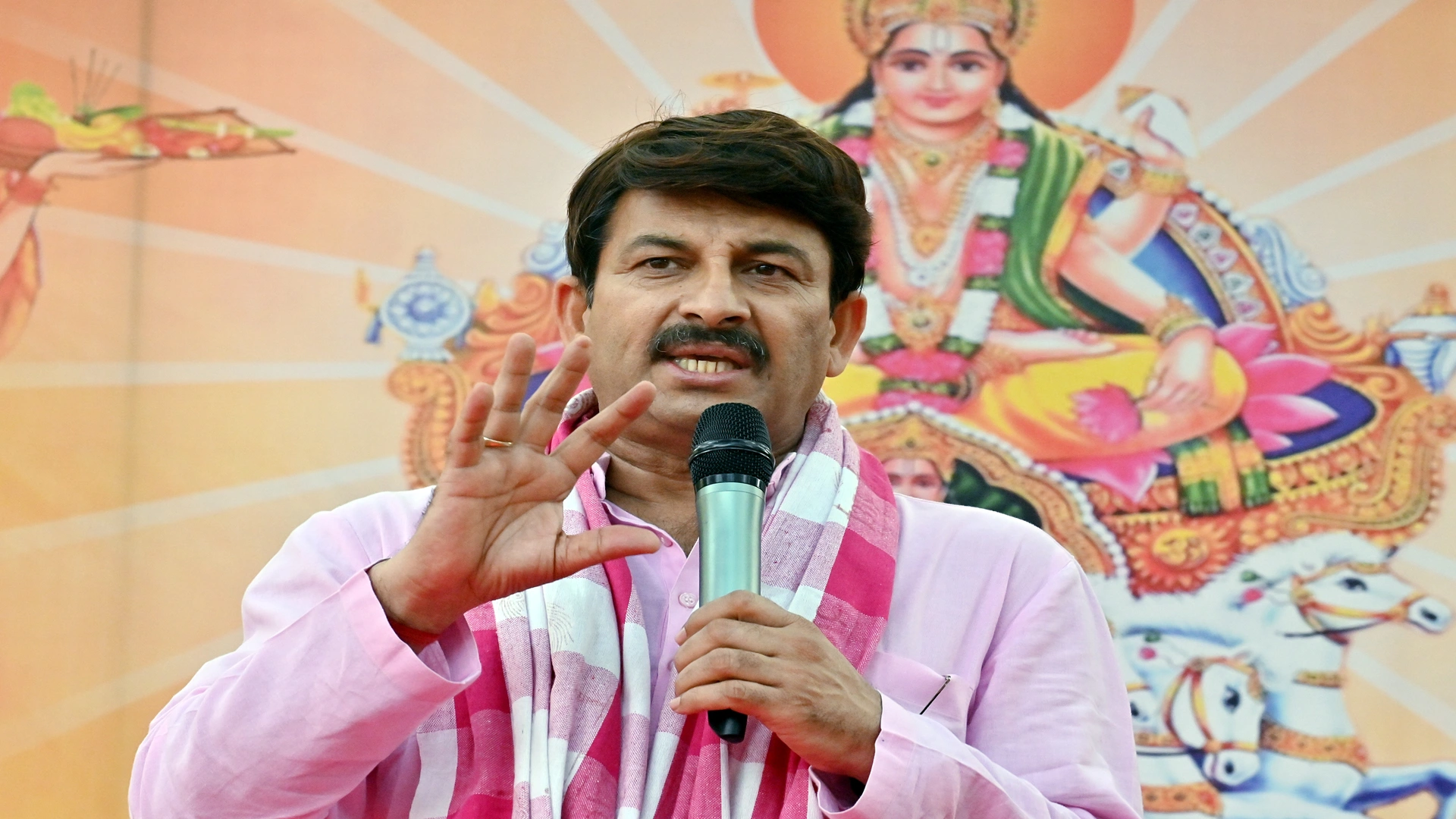Delhi is grappling with escalating air pollution, and recent reports have highlighted the presence of toxic foam on the Yamuna River at Kalindi Kunj. This foam underscores the city’s worsening environmental challenges and serves as a clear indication of the deteriorating air quality, which continues to decline daily. On that same day, a thick layer of smog enveloped the capital, leading to a drop in the Air Quality Index (AQI) to 293, categorizing it as ‘poor.’
Severe Pollution in the Yamuna River
In September, the Yamuna River recorded alarming levels of fecal contamination, indicating a significant presence of untreated sewage and pollution. A report from the Delhi Pollution Control Committee (DPCC) disclosed that fecal levels surged to an alarming 4,900,000 Most Probable Number (MPN) per 100 ml. This is 1,959 times above the acceptable limit of 2,500 units and a staggering 9,800 times higher than the desired threshold of 500 units. This marks the highest pollution level in the river since February 2022 when fecal coliform levels reached 6,300,000 units at the Agra Canal. The increase in fecal contamination coincides with certain sections of the river experiencing severe flooding, further highlighting pollution from a mix of contaminants, including surfactants and phosphates.
#WATCH | Delhi: Toxic foam seen floating on the Yamuna River. Visuals from Kalindi Kunj. pic.twitter.com/5KSQRjerSC
Related News— ANI (@ANI) October 18, 2024
Air Quality Index Update
On Friday, Anand Vihar’s AQI reached 339, categorizing it as ‘very poor.’ The AQI around India Gate and nearby areas was recorded at 270, classified as ‘poor.’ In Dwarka, Sector-8, the AQI soared to 325, also falling into the ‘very poor’ range. Vivek Vihar reported a rise in its AQI to 324, placing it firmly in the ‘very poor’ classification. According to the Central Pollution Control Board, an AQI in the ‘Poor’ category can cause breathing discomfort with prolonged exposure, while the ‘Very Poor’ category can lead to respiratory illnesses.
Introduction of GRAP-1
On Tuesday, the first stage of the Graded Response Action Plan (GRAP) was activated in Delhi as air quality remained in the ‘poor’ category for three consecutive days. The GRAP consists of winter-specific measures aimed at tackling air pollution in Delhi and surrounding areas through various control strategies. Stage 1 of the GRAP focuses on reducing pollution by controlling dust at construction sites, improving waste management, and ensuring regular road cleaning. It also includes strict monitoring of polluting vehicles, enhanced traffic management, and emission controls for industries, power plants, and brick kilns. Additionally, Stage 1 prohibits open burning of waste, limits the use of diesel generators, and bans the use of coal or firewood in restaurants.
Stages of GRAP
The GRAP is divided into four stages based on air quality levels: Stage I – ‘Poor’ (AQI 201-300); Stage II – ‘Very Poor’ (AQI 301-400); Stage III – ‘Severe’ (AQI 401-450); and Stage IV – ‘Severe Plus’ (AQI >450).

